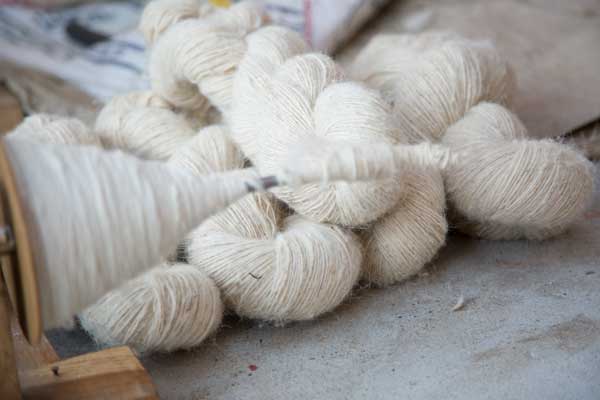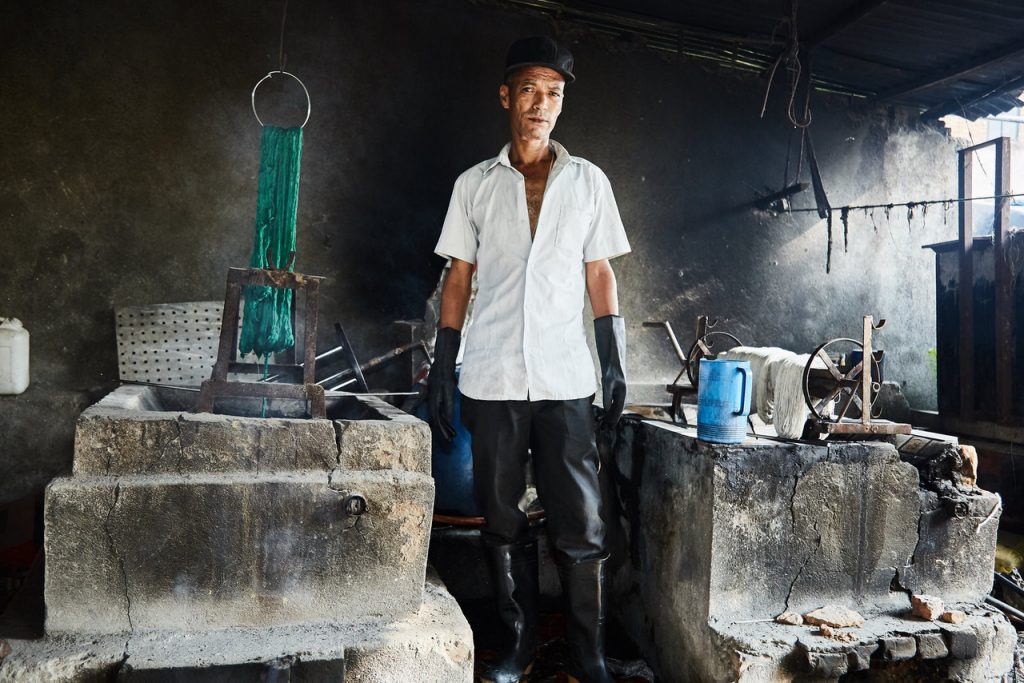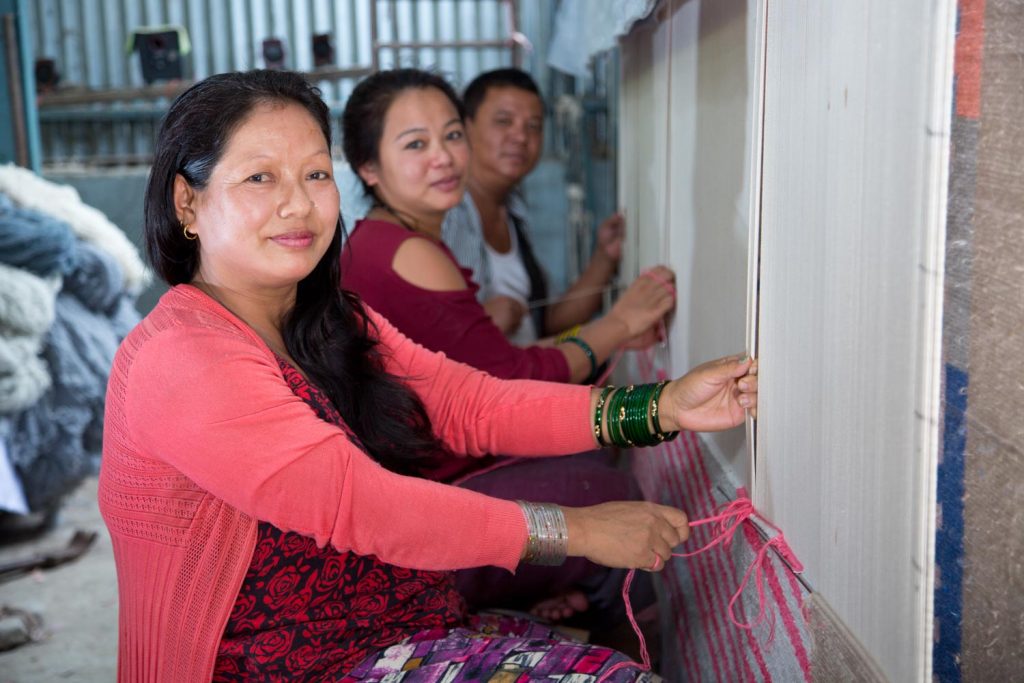Manufacturing
Producing our modern masterpieces
From the procurement of selected materials, to the spinning, knotting and weaving of the yarn, to the washing and final detailed shearing and control, our studios carry out every single step themselves. This guarantees consistently high levels of quality and gives us the opportunity to meet individual requests. We make an active contribution in maintaining traditional carpet manufacturing methods and reviving forgotten techniques and processes. By doing this, we are able to protect existing jobs in our partner factories in Nepal and India and constantly create new ones. By working with us, the local artisans gain a new perspective in a profession their families have known for centuries. All CARPT rugs are handmade. This is a complex process and requires real craftsmanship. We work exclusively with experienced experts, with whom we have a close relationship built on trust and who can turn our ideas into reality.


Manufacturers in Nepal and India
In India, the custom of carpet weaving is more than 500 years old. The technique handed down from Persia has been passed on from generation to generation. owever only a few family businesses remain that still continue the combination of cultivating their own fields and knotting carpets. The talented craftswomen in particular have succeeded in creating their own identity and autonomy through their craftsmanship. In Nepal Tibetan masters weave our carpets. They use the classical Tibetan knot. The production, with a knot density of up to 310,000 knots per square meter, is a complex task – it requires extensive experience, the highest levels of attention and an unbelievable degree of patience and calmness. We have consciously decided to use only the original, but also more time-consuming historical technique of crossed weaving. This technical detail in our rugs makes the difference: It is rarely used, but is decisive for the longevity and haptic characteristics of a carpet. By crossing the warp threads around the weft threads, an independent, stable foundation is created and the pile wears out significantly less than with the conventional, uncrossed technique. We adhere to this method, which we believe is more durable, because quality reveals itself to us even where it is not immediately recognizable.
Step by step guide to creating a unique piece
1. The careful selection and procurement of raw materials
Our materials include Virgin wool from New Zealand or the Himalayas, silk from China, linen and cotton from sustainable cultivation in India and wild plant fibers such as nettle, cactus and hemp from the Himalayas in Nepal.
2. Manual, chemical-free washing
The raw material is washed by hand, dried in the sun and sorted according to color shades.
3. Carding and spinning the yarns by hand
4. Natural dyeing in small quantities
The project based pot dyeing with REACH-certified dyes from Germany and Switzerland produce characteristic color differences.
5. Drying the dyed yarn in the sun
6. Setting up the warp on the knotting or weaving loom
7. Weaving and knotting
Several weavers work together on one piece. According to Tibetan technique, the knots are tied around rods, the thickness of which determines the height of the pile.
8. Washing by hand
By dispensing with chemical additives, we not only protect people and the environment, but also preserve the pure qualities of the material.
9. Drying in the sun
10. Stretching and finishing
Final polish with precise cuts: Trimming of the pile heights, embossing and carving of the contours and then the final relief cut.
